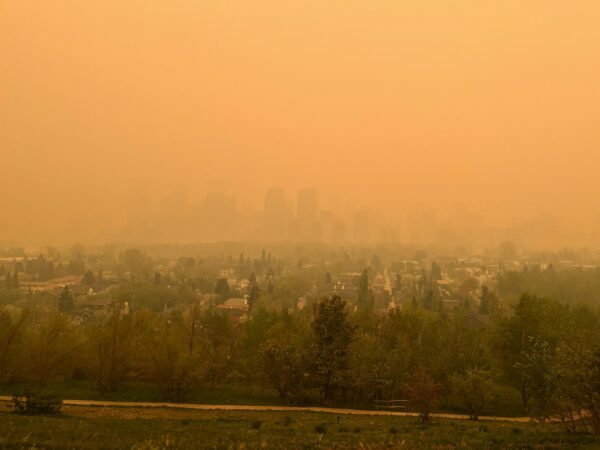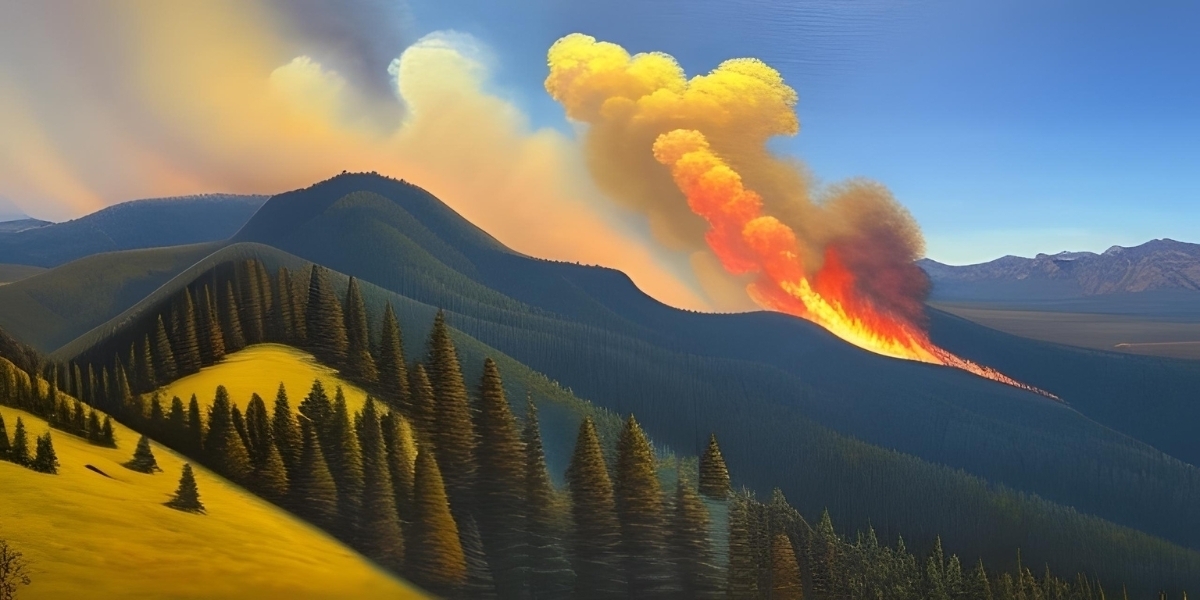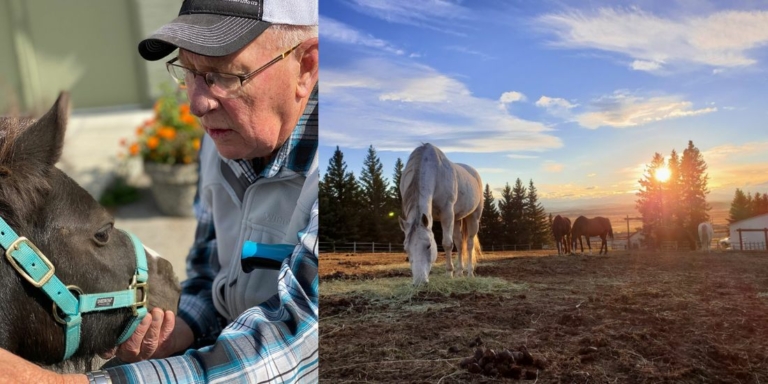Ninety-two active wildfires are blazing across the province, and 27 are out of control. Tens of thousands of people have been displaced by these fires.
Smoke has significantly impacted air quality in Alberta. On Tuesday, according to World Air Quality Index, the province’s air quality was among the worst in the world.
This prompted Environment and Climate Change Canada (ECCC) to issue special air quality statements for most of Alberta. This includes Calgary, which saw its air quality health index (AQHI) reach ten plus on Tuesday.
The AQHI rates air quality on a scale of one through ten, assigning each number a level. An AQHI that exceeds ten is considered very high risk.
While Calgary’s AQHI has since dropped to ten, other areas of Alberta are currently at very high risk, including Edmonton, Drayton Valley, Parkland County, and Red Deer.
With this in mind, knowing how to protect yourself from wildfire smoke is essential.
How To Protect Yourself
Smoke from wildfires contains tiny particles that pose a significant health risk. These particles can get in your eyes, bloodstream, and respiratory system.
This can result in several symptoms, including burning eyes, a runny nose, coughing, illness, and difficulty breathing. Seniors and children are at greater risk so are people who smoke, are pregnant or have heart or lung disease.
Smoke also harms pets, so remember to keep your pets inside and ensure they have lots of water. Stay inside as much as possible if you live in an area affected by smoke.

Keep all windows, doors, and fresh air intakes from furnaces, stoves, and fireplaces closed. Instead, turn on your air conditioning if available and set it to recirculate.
This will filter the air inside of your house. However, some air conditioning systems do not have this function and cannot improve indoor air quality.
Consider visiting a building with filtered air, like a nearby community centre, mall, or library. If you cannot leave your home, turn on the furnace fan or any available fans to move air around your home.
Humidifiers and air cleaners with high-efficiency particulate air (HEPA) filters can also help filter air and remove some of the smoke.
If heat becomes an issue, pay close attention to symptoms of heat-related illness, such as exhaustion and heatstroke. If you have concerns, contact your healthcare provider.
Government Seeks Aid From Public Servants
On Tuesday, the Alberta government emailed about 20,000 provincial employees. The email encourages anyone with firefighting experience to volunteer and help battle wildfires.
The province will compensate volunteer firefighters who have to leave their jobs to help. During a wildfire update yesterday, Forestry and Parks Minister Todd Loewen stated that the province needs all the help it can get.
A week ago, Premier Danielle Smith claimed the government was adequately equipped to handle the wildfire crisis. What changed?
Perhaps it wasn’t only the fires that were blowing smoke?
Alberta is getting lots of help from across the country. The federal government has kicked in lots of support. Hundreds of Canadian Armed Forces personnel continue to battle blazes in critical areas like Drayton Valley.
Ontario, Quebec, and the United States have also sent hundreds of out-of-province firefighters to help.
But Now the UCP government is calling on its provincial employees to help.
What part of this screams preparedness?
Meanwhile, the NDP claims it will bring back Rapattack, an elite wildfire-fighting crew that was axed by the UCP government in 2019.
Other parties, including the Alberta Party and the Green Party, have followed suit and promised to pay for bringing the program back.
Are these election promises being made with our best interest in mind? Or are the thousands of Albertans struggling to protect their homes and loved ones just numbers in a ballot box?





